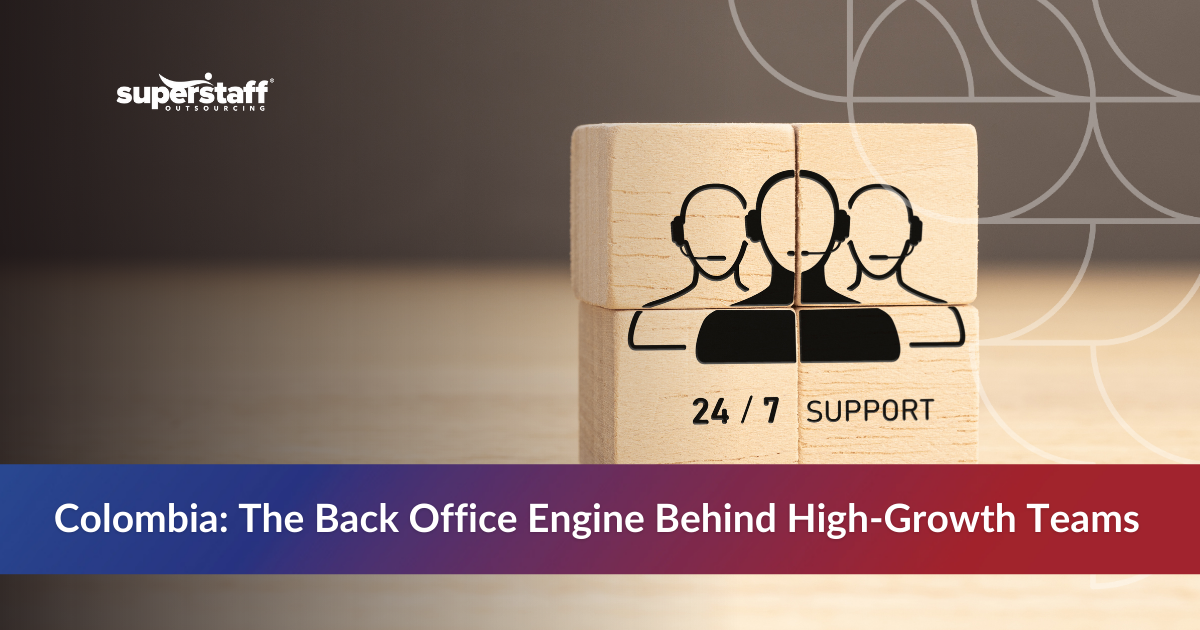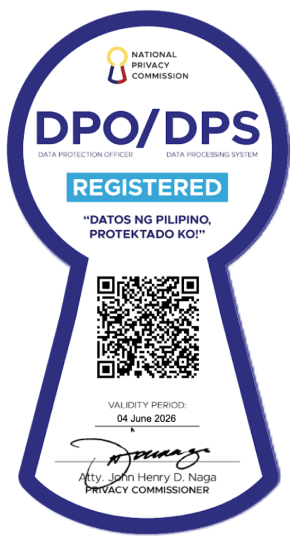
Let’s be honest—today’s customers aren’t just here to click “buy” and bounce. They’re showing up with higher expectations, looking for brands that get them. They want real-time relevance, emotional connection, and frictionless service. In short, they’re not just buying products—they’re buying experiences.
Fast transactions are no longer the gold standard. In a world where options are endless and attention spans are shrinking, it’s the customer experience that separates the unforgettable from the forgettable.
Welcome to the “Right Now” economy—where every moment counts, and brands that understand what is customer experience really means are pulling ahead.
So how do you keep up? Better yet—how do you stand out? In this blog, we’ll explore how experiential retail is changing the game, why it’s different from traditional approaches, and the customer experience strategies that can turn casual buyers into lifelong fans.
Beyond Transactions: What Is Experiential CX?

Here’s the truth: People don’t just remember what they bought. They remember how you made them feel while buying it.
Traditional customer service is about solving problems. You place an order, get a refund, resolve a query—check, check, check. Necessary, yes. But limited.
Experiential CX, on the other hand, digs deeper. It’s about personal moments, immersive interactions, and brand stories that stick. Think of it as the emotional layer that turns routine transactions into relationship-building opportunities.
Just walk into an Apple Store or grab a coffee at Starbucks. You’re not just there for the product—you’re there for the experience.
And it pays off: According to Harvard Business Review, this shift matters because emotionally connected customers are more than twice as valuable as highly satisfied ones. They’re more loyal, more likely to recommend your brand, and more willing to spend.
In short, transactions close the sale, but experiences build relationships.
Personalization Is the Heartbeat of Experiential CX
Raise your hand if you’ve ever rolled your eyes at a generic email greeting. (“Dear Valued Customer,” anyone?)
Today’s consumers expect brands to know them. And not in a creepy, data-overload kind of way—but in ways that make interactions feel natural and relevant.
Brands that get personalization right make customers feel seen. Netflix tailors recommendations based on what you binge. Spotify curates playlists based on your vibe. Amazon knows what you need before you do.
And it works:
According to Salesforce’s State of the Connected Customer report, 73% of consumers expect companies to understand their unique needs and expectations. Meanwhile, PwC found that 63% of U.S. consumers would share more information with a company that offers a great experience.
So, if your CX still feels one-size-fits-all, it’s time to level up.
Quick win:
Want to personalize support at scale? Offer multilingual customer service to meet customers where they are—literally and culturally. Many global companies do this by outsourcing to skilled teams in the Philippines, where customer service professionals bring both empathy and efficiency to the table. With a talent pool known for cultural adaptability and strong English proficiency, it’s one of the smartest ways to scale personalized CX worldwide—without breaking the bank.
Real-Time Data Is the Secret Sauce Behind Personalized CX
Let’s be honest—personalization doesn’t just happen. It’s powered by data. And not just any data—we’re talking real-time insights that allow brands to show up with the right message at the right moment.
Thanks to tools like predictive analytics and customer journey mapping, businesses can now anticipate what customers want before they even ask. It’s like having a sixth sense for CX.
Picture this:
A retail app pings you with a discount the second you walk into a store.
Or a food delivery app recommends comfort food because it’s raining—and yep, it remembers your last rainy-day order.
That’s real-time data in action.
Why it matters:
When you react in the moment, you’re not just meeting expectations—you’re exceeding them. And that’s where loyalty starts.
Experiential CX = More Loyalty, More Retention
Let’s face it—today’s market is crowded. Customers have more choices than ever, and if your only edge is price, you’re in trouble.
Want to stand out? Make people feel something.
According to PwC, a whopping 73% of consumers say customer experience is a major factor in their buying decisions. Even better? Customers who enjoy the experience are 3.5x more likely to stick around and keep buying.
And get this:
Bain & Company found that a 5% boost in retention can lead to a 25% to 95% increase in profits. That’s a serious payoff for creating meaningful interactions.
Take a page from Disney’s playbook—everything they do, from the parks to their customer service, is designed to immerse you in the story. It’s why their fans aren’t just customers—they’re lifelong believers.
Experience Is the New Competitive Advantage

Let’s say it straight: Product and price are no longer enough.
The brands that win in today’s market are the ones that create meaningful, memorable experiences. That’s how experiential retail is changing the customer experience—by turning stores into destinations and customer service into storytelling.
Think Warby Parker, Glossier, Zappos. They didn’t climb the ranks by being the cheapest. They rose by focusing on how customers feel throughout the journey.
Every touchpoint—website, packaging, email, support—is intentional. And emotional.
Omnichannel Consistency Enhances Experiential Impact
Experiential CX must be consistent across touchpoints—from mobile apps to in-store experiences to customer support.
A customer who receives top-tier treatment on your website but a clunky experience on your hotline will lose trust.
Strategy: Use centralized customer data to deliver seamless transitions across channels. Outsourced customer service in the Philippines can help ensure your omnichannel strategy stays consistent and human-centered, 24/7.
Omnichannel = ongoing engagement.
Authenticity Builds Deeper Relationships
Gen Z and Millennials, in particular, value authenticity. They can detect fake experiences instantly—and they don’t forgive easily.
Avoid superficial experiential tactics that feel gimmicky. Instead, aim for sincerity, transparency, and purpose-driven messaging.
How to do it: Share real stories. Show the humans behind your brand. Admit mistakes and course correct publicly.
Trust = Loyalty.
Responsiveness Is the New Standard
In the “Right Now” economy, speed matters. When customers reach out, they expect immediate, personalized responses.
Real-time support, live chat, and social media responsiveness are no longer nice-to-haves. They are non-negotiable.
Tools that help: Chatbots, AI-driven FAQs, and support automation enhance speed. But human agents still matter. That’s why many companies rely on outsourced customer service in the Philippines to combine tech efficiency with empathetic service.
Real-time = real loyalty.
Proactive Engagement Turns Customers into Advocates
The best customer experiences don’t wait for problems to arise—they anticipate them. That’s the magic of proactive engagement: you show customers you get them before they even say a word.
Here’s what it looks like in action:
- Your go-to e-commerce app reminds you that your favorite subscription is about to expire.
- An airline offers you a surprise upgrade based on your past travel patterns.
- Your fitness app throws virtual confetti when you hit your weekly goal.
These aren’t accidents. They’re smart moves powered by predictive analytics and behavior tracking.
And the result?
Customers who feel seen and supported are not just more loyal—they become your biggest advocates. They talk about you, recommend you, and come back again and again.
Measuring Experiential CX: What Really Matters?
Sure, you’re probably tracking CSAT (Customer Satisfaction) and NPS (Net Promoter Score). And those are important—but they only scratch the surface.
To truly understand how your CX efforts are landing, it’s time to dig deeper.
Add these to your toolkit:
- Customer Lifetime Value (CLV) – Tells you how much a customer is worth over time.
- Engagement Rates – How often are customers interacting with you across platforms?
- Customer Effort Score (CES) – How easy is it for them to get what they need?
- Emotional Sentiment Analysis – What do customers feel when they talk about your brand?
And don’t forget the power of qualitative feedback—testimonials, reviews, even one-off customer comments. Sometimes, a heartfelt thank-you says more than a dozen metrics ever could.
Continuous Improvement Keeps CX Relevant
Customer expectations don’t stay still—so neither should your CX strategy.
The best brands adopt agile CX practices: they test, they tweak, they move fast. Run short sprints. Test new ideas. Listen closely, then act.
Case in point:
One cosmetics brand noticed a drop in satisfaction with its online product quiz. Instead of waiting for complaints to pile up, they rolled out a revamped version within weeks—boosting conversions by 25% almost instantly.
Bottom line? Great CX isn’t something you “set and forget.” It’s a living process.
Scaling Experiential CX with Technology
Let’s talk about scale. It’s one thing to wow customers with personalized experiences—it’s another to do it consistently across thousands (or millions) of interactions.
That’s where smart tech comes in.
Leverage tools like:
- AI-powered chatbots that understand tone and intent
- CRM platforms that unify customer data
- Automation that triggers responses at just the right moment
- CX analytics that spot trends in real time
But here’s the golden rule: Tech should amplify human connection—not replace it.
Pro tip: You don’t have to do it all in-house. Outsourcing back-office operations—like data processing and customer record management—to specialized providers in the Philippines lets your in-house team stay focused on high-touch, high-impact CX.
The Human Connection Still Matters Most
At the end of the day, no algorithm can replicate empathy.
People remember the warmth in your tone. The way you solved a problem with a touch of humor. Or how you went the extra mile—just because.
Take Zappos, for example. Their reps are famously empowered to ditch the script and truly connect. One agent once spent 10+ hours on a call helping a customer through a personal crisis—not a sale. That’s what earns lifetime loyalty.
Because while tech sets the stage, it’s the human touch that steals the show.
Why Experiential Retail Is the Future of CX
The era of transactional CX is behind us. In today’s experiential retail landscape, brands that stand out are those that prioritize emotion, relevance, and connection—not just speed.
Here’s what we’ve learned:
- Experiential CX builds emotional connections that drive repeat business and loyalty.
- Personalization, authenticity, and real-time responsiveness are now customer expectations—not perks.
- Smart use of data, proactive engagement, and omnichannel consistency make experiences seamless.
- Measuring and improving CX regularly ensures your strategy evolves with your audience.
- Technology enables scale—but human connection remains irreplaceable.
So, what’s next?
Whether you’re an emerging startup or a global enterprise, it’s time to go beyond the checklist. Shift your mindset from reactive to experiential, from scripted to sincere, and from functional to unforgettable.
And you don’t have to do it alone.
Partner with a trusted team that specializes in delivering experiences that matter. With Philippines customer service outsourcing, you get access to highly skilled, culturally attuned professionals who bring empathy, agility, and dedication to every customer interaction.
Looking for more than just frontline support? A back office service provider in the Philippines can also handle customer data, documentation, and operational tasks—freeing your team to focus on building exceptional CX.
From customer support outsourcing in the Philippines to full-scale CX solutions, choosing the right partner can help you create the kind of customer experience that earns loyalty—and keeps it.
Now’s the time to elevate your brand with the power of outsourced customer service in the Philippines. Let’s build something memorable.






